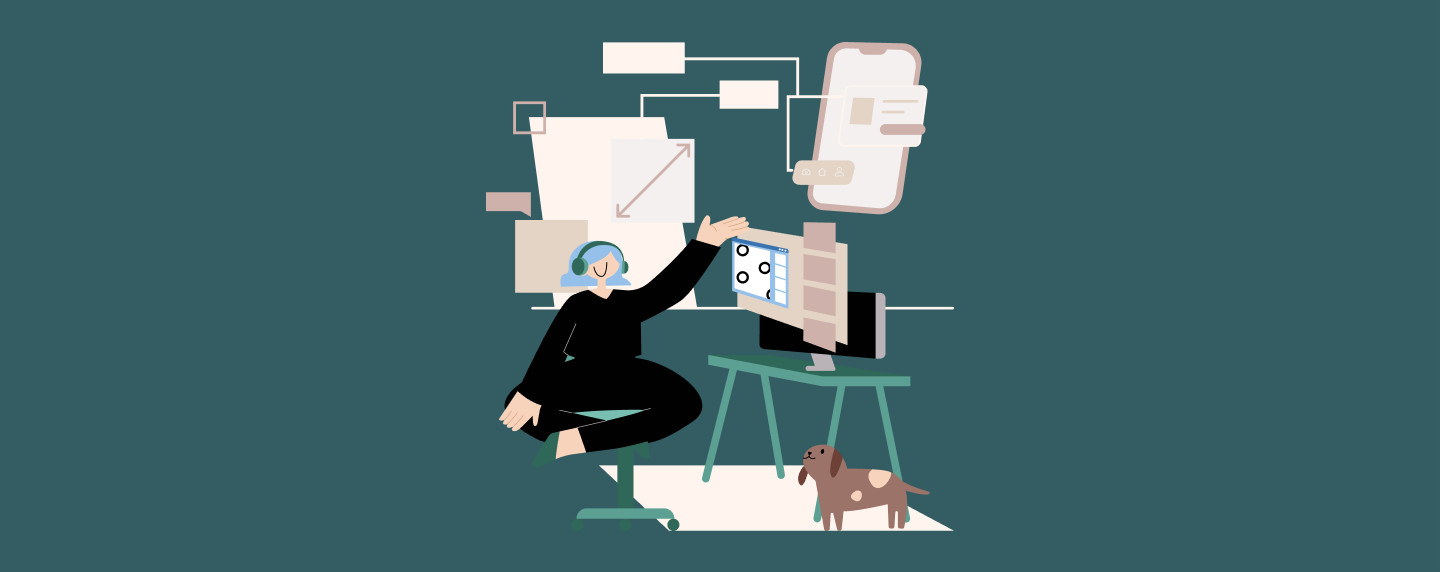7 Things to Know About Small Business Cost of Capital

Share this article:
Editor’s note: Lantern by SoFi seeks to provide content that is objective, independent and accurate. Writers are separate from our business operation and do not receive direct compensation from advertisers or partners. Read more about our Editorial Guidelines and How We Make Money.
What Is Cost of Capital?
1. It Matters to Investors
2. There Are Actually Two Costs to Consider
3. Weighted Average Cost of Capital May Be Relevant
4. WACC Relates to Your Discount Rate
5. Cost of Capital Can Help You Evaluate Financing Options
6. You May Be Able to Control Your Cost of Debt
7. It’s Not an Exact Science
The Takeaway
LCSB0423018U
About the Author
Su Guillory is a freelance business writer and expat coach. She’s written several business books and has been published on sites including Forbes, AllBusiness, and SoFi. She writes about business and personal credit, financial strategies, loans, and credit cards.
Share this article: